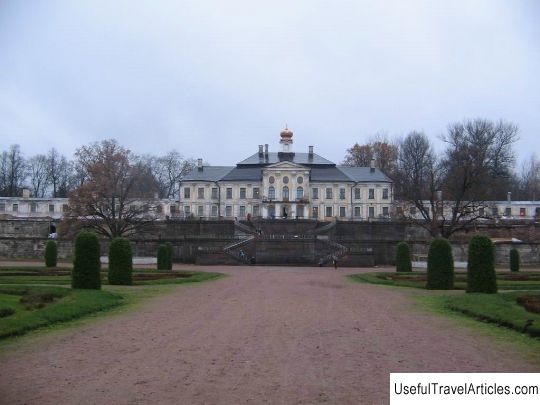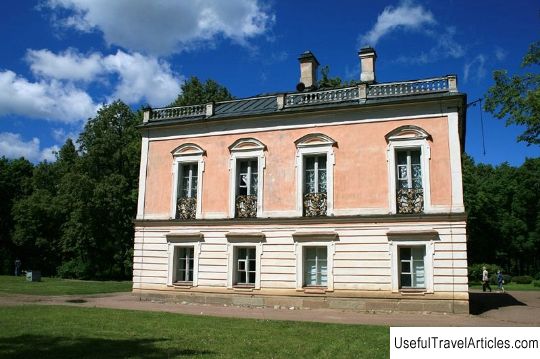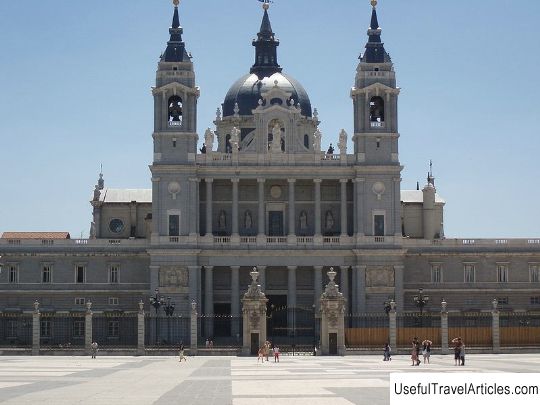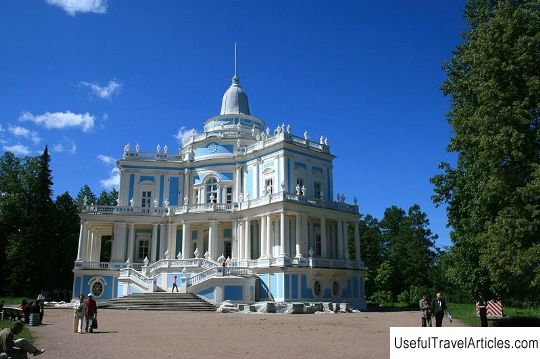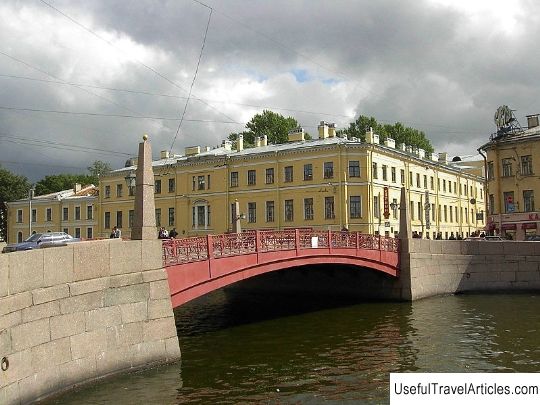Big Menshikov Palace description and photos - Russia - St. Petersburg: Lomonosov (Oranienbaum)
Rating: 7,7/10 (7066 votes) 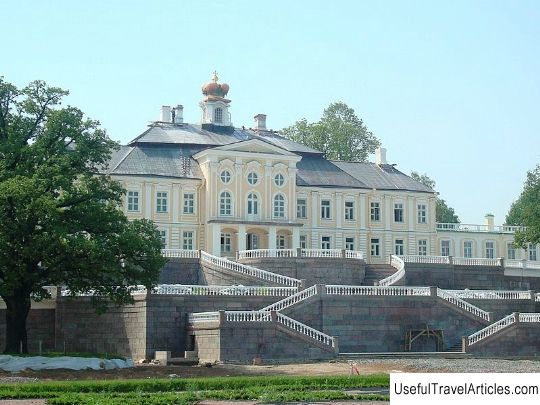
Big Menshikov Palace description and photos - Russia - St. Petersburg: Lomonosov (Oranienbaum). Detailed information about the attraction. Description, photos and a map showing the nearest significant objects. Photo and descriptionThe Big Menshikov Palace is located on the territory of the Oranienbaum palace and park ensemble in the city of Lomonosov. It is the oldest and central building in the park. The Bolshoi Menshikov Palace, the Lower Garden, the Picture House, the Sea Canal and the Lower Houses form the only complex of Peter's time that has preserved compositional unity, stylistic integrity and completeness to this day. The Oranienbaum Big Menshikov Palace, like the Peterhof Palace, is located on the edge of a natural hill. The length of the main facade, which faces the Gulf of Finland and the Lower Garden, is 210 meters. The main part of the palace is two-story, with one-story galleries joining it. They are deployed in an arc and end with the Church and Japanese pavilions. Two wings adjoin the pavilions perpendicular to the galleries. Thus, the layout of the palace is represented by the letter "P". Outbuildings form the border of the southern courtyard of the palace. The Great Menshikov Palace is a monument Peter's Baroque. It was built for the closest associate of Peter the Great - Alexander Danilovich Menshikov. Construction began in 1711 under the direction of the architect Francesco Fontana, and in 1713 he was replaced by Johann Gottfried Schedel. In addition, Johann Friedrich Braunstein, Andreas Schluter and Nicolas Pinault took part in the work on the palace. It was he who invented the rounded galleries connecting the palace and the side pavilions. The decoration of the premises continued until 1727, until the disgrace of A.D. Menshikov. But until now, the original decoration has not been preserved, during the 18th-19th centuries, the interior decoration changed several times. Contemporaries noted the unprecedented luxury of the country residence of the Most Serene Prince. At that time it surpassed Peterhof in its scope. Abri de la Motre, a French traveler, described it as follows: “Oranienbaum is a magnificent pleasure palace ... Nothing can compare with it, neither in splendor nor in other respects.” From the Finnish side the Bay to the gates of the Lower Garden was approached by the Sea Canal, as in Peterhof, ending with a figured harbor with a pier. As for the origin of the original name Oranienbaum (translated from German - `` orange tree ''), there are several assumptions ... The most famous, more like a legend, is that a greenhouse with orange trees was laid out on the lands of Menshikov's future residence. Each tree bore the inscription "Oranienbaum". According to another version, the name was borrowed from the German city of Oranienbaum. The third assumption boils down to the fact that when choosing a name for his estate, Alexander Danilovich sought to please Peter I and used a slightly changed name Oranienburg, which the emperor gave to Menshikov's new estate near Voronezh in 1703. Finally, according to the latest version, Oranienbaum was named after the English king William of Orange. The king evoked deep respect and sympathy for Peter the Great, bordering on worship in his youth. In the 1750s, under the leadership of Bartolomeo Francesco Rastrelli, work was completed on the decoration of the ceremonial courtyard on the south side of the palace. In the 1760s-1770s, Antonio Rinaldi was engaged in the reconstruction of the terraces in front of the palace and the creation of a system of figured staircases leading to the Lower Garden. Repair and restoration activities over the Great Menshikov Palace, the active phase of which began from the beginning 1990s, was carried out according to the project of the architect-restorer Dmitry Alexandrovich Butyrin. In 2010, the restoration of the palace facades was completed, and in early autumn 2011 a museum was opened in the palace. p> Repair and restoration activities over the Bolshoi Menshikov Palace, the active phase of which began in the early 1990s, was carried out according to the project of the architect-restorer Dmitry Alexandrovich Butyrin.                     We also recommend reading Paradise beach description and photos - Greece: Mykonos island Topic: Big Menshikov Palace description and photos - Russia - St. Petersburg: Lomonosov (Oranienbaum). |
